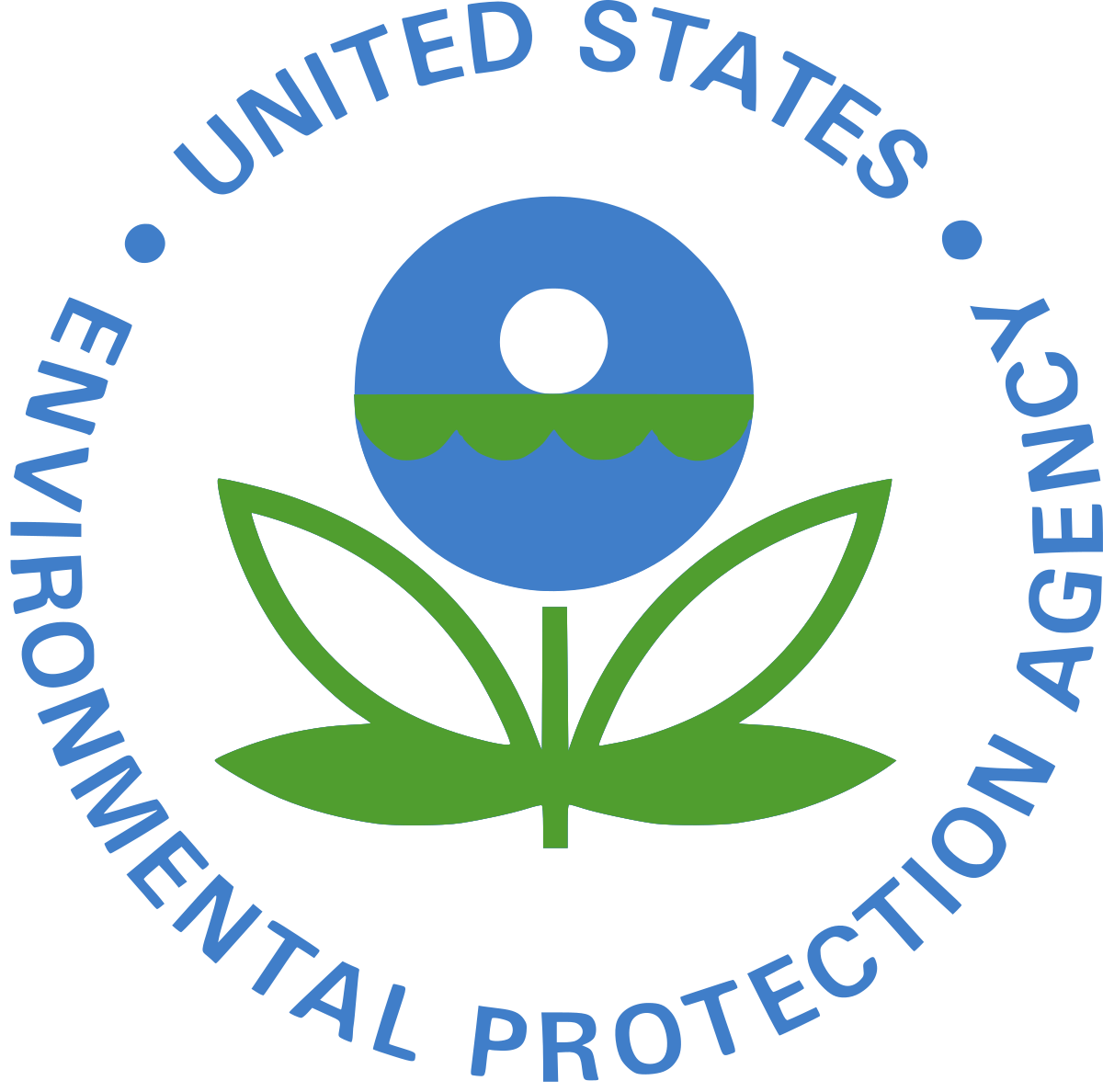The U.S. Environmental Protection Agency (USEPA) has proposed regulatory determination for perfluorooctanesulfonic acid (PFOS) and perfluorooctanoic acid (PFOA) in drinking water to the Office of Management and Budget for interagency review. It is part of USEPA’s efforts under the PFAS Action Plan to help communities address per- and polyfluoroalkyl substances (PFAS) nationwide. The USEPA says the proposal would likely not be made public for several months, until the review is completed at the federal level.
The proposed regulatory determinations cover at least five contaminants listed on the fourth Contaminant Candidate List (CCL4), including PFOA and PFOS, in compliance with Safe Drinking Water Act (SDWA) requirements. “With today’s action, EPA is following through on its commitment in the Action Plan to evaluate PFOA and PFOS under the Safe Drinking Water Act,” says USEPA Administrator Andrew Wheeler.
After issuing the final CCL, USEPA will determine whether or not to regulate five or more contaminants on the CCL through a process known as a Regulatory Determination. USEPA publishes preliminary regulatory determinations for public comment and considers those comments prior to making final regulatory determinations. If USEPA makes a positive regulatory determination for any contaminant, it will begin the process to establish a national primary drinking water regulation for that contaminant.
PFAS are a large group of manmade chemicals used in consumer products and industrial processes that are resistant to heat, oils, stains, grease, and water—properties which contribute to their persistence in the environment. Several states are proceeding with regulatory action in advance of the USEPA due to the presence of PFAS and the impacts on local water resources. A full summary of USEPA’s action to address PFAS can be found on the PFAS Action Plan website.

